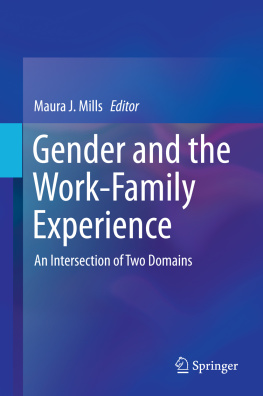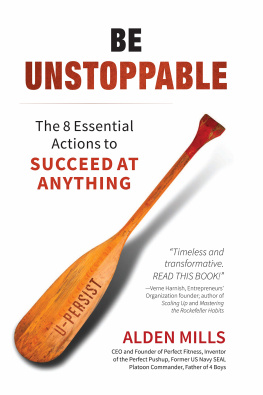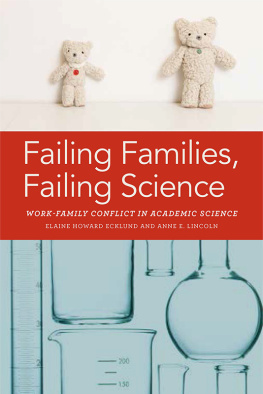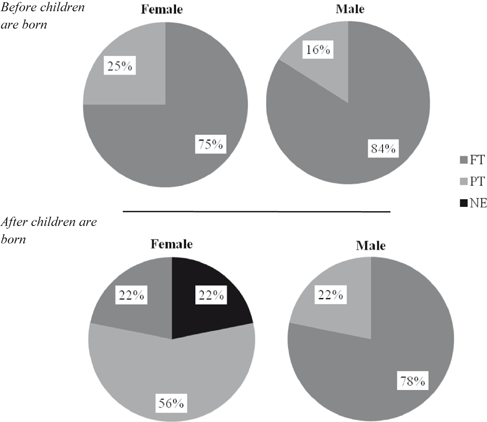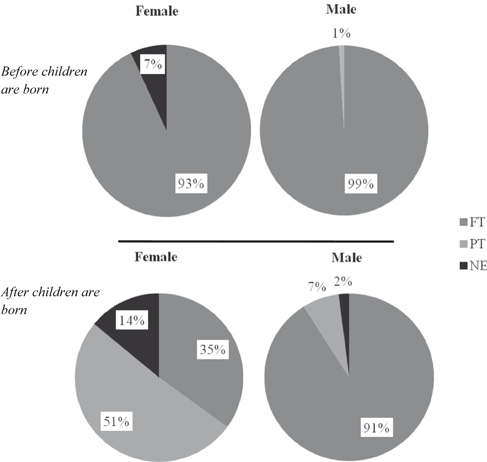Mills - Gender and the work-family experience : an intersection of two domains
Here you can read online Mills - Gender and the work-family experience : an intersection of two domains full text of the book (entire story) in english for free. Download pdf and epub, get meaning, cover and reviews about this ebook. year: 2014, publisher: Springer International Publishing, Cham, genre: Home and family. Description of the work, (preface) as well as reviews are available. Best literature library LitArk.com created for fans of good reading and offers a wide selection of genres:
Romance novel
Science fiction
Adventure
Detective
Science
History
Home and family
Prose
Art
Politics
Computer
Non-fiction
Religion
Business
Children
Humor
Choose a favorite category and find really read worthwhile books. Enjoy immersion in the world of imagination, feel the emotions of the characters or learn something new for yourself, make an fascinating discovery.
- Book:Gender and the work-family experience : an intersection of two domains
- Author:
- Publisher:Springer International Publishing, Cham
- Genre:
- Year:2014
- Rating:5 / 5
- Favourites:Add to favourites
- Your mark:
Gender and the work-family experience : an intersection of two domains: summary, description and annotation
We offer to read an annotation, description, summary or preface (depends on what the author of the book "Gender and the work-family experience : an intersection of two domains" wrote himself). If you haven't found the necessary information about the book — write in the comments, we will try to find it.
Conflict between work and family has been a topic of discussion since the beginning of the womens movement, but recent changes in family structures and workforce demographics have made it clear that the issues impact both women and men. While employers and policymakers struggle to navigate this new terrain, critics charge that the research sector, too, has been slow to respond.
Gender and the Work-Family Experience puts multiple faces male as well as female on complex realities with interdisciplinary and cross-cultural awareness and research-based insight. Besides reviewing the state of gender roles as they affect home and career, this in-depth reference examines and compares how women and men experience work-family conflict and its consequences for relationships at home as well as outcomes on the job. Topics as wide-ranging as gendered occupations, gender and shiftwork, heteronormative assumptions, the myth of the ideal worker, and gendered aspects of work-family guilt reflect significant changes in society and reveal important implications for both research and policy. Also included in the coverage:
- Gender ideology and work-family plans of the next generation
- Gender, poverty, and the work-family interface
- The double jeopardy effect: the importance of gender and race in work-family research
- When work intrudes upon employees personal time: does gender matter?
- Work-family equality: the importance of a level playing field at home
- Women in STEM: family-related challenges and initiatives
- Family-friendly organizational policies, practices, and benefits through the gender lens
Geared toward work-family and gender researchers as well as students and educators in a variety of fields, Gender and the Work-Family Experience will find interested readers in the fields of industrial and organizational psychology, business management, social psychology, sociology, gender studies, womens studies, and public policy, among others..
Mills: author's other books
Who wrote Gender and the work-family experience : an intersection of two domains? Find out the surname, the name of the author of the book and a list of all author's works by series.

